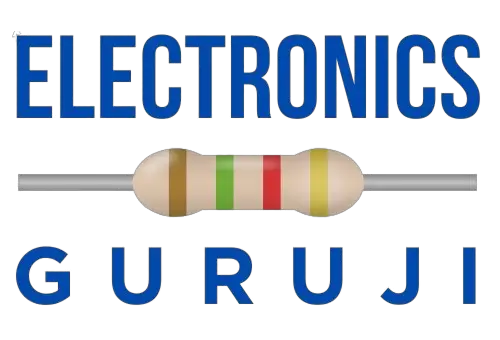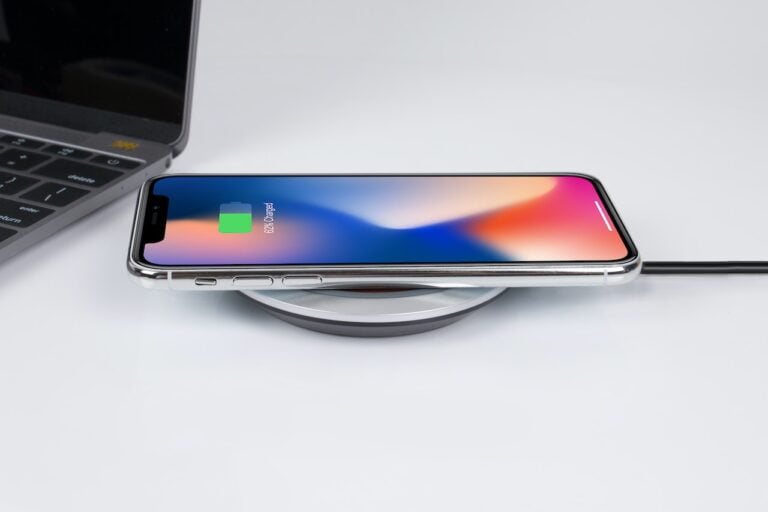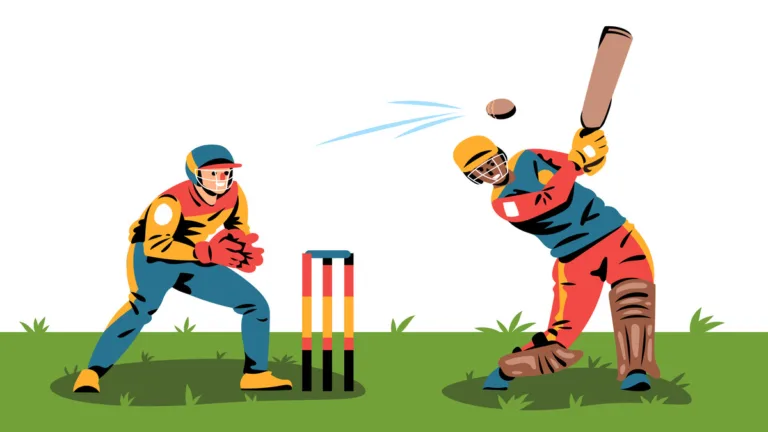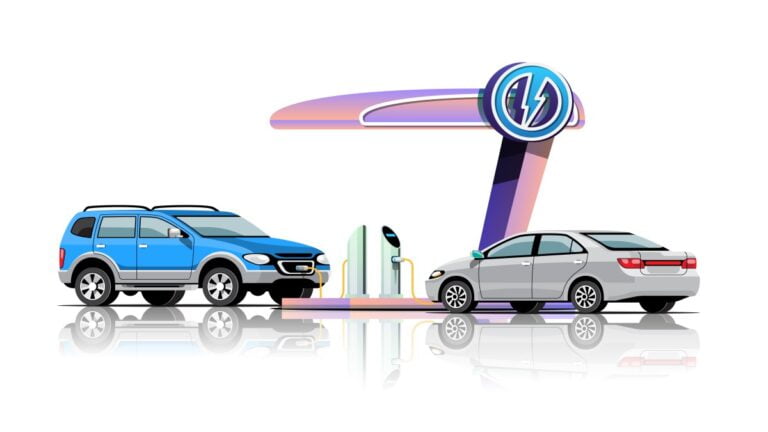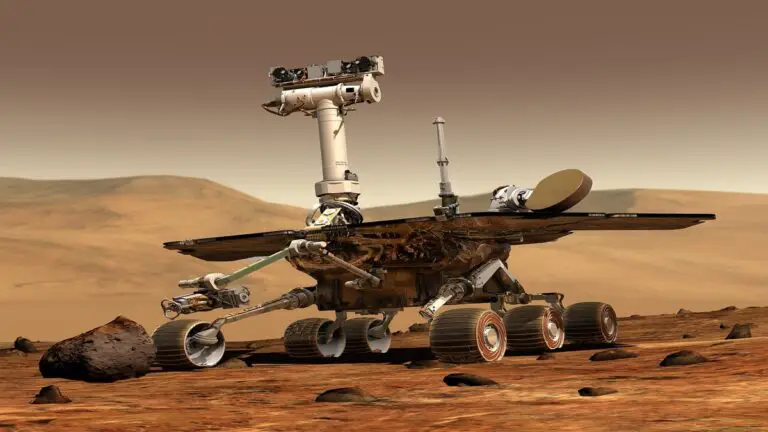What is LoRa?
LoRa Technology (Long Range) is a wireless communication technology that enables long-range, low-power communication between devices. It was developed by Semtech Corporation for the Internet of Things (IoT) applications that require low power consumption and long-range.
LoRa technology operates in the license-free sub-gigahertz frequency bands, typically ranging from 868 MHz to 915 MHz, which enables it to provide extended communication range of up to several kilometers, even in areas with weak or no cellular network coverage. This makes it ideal for applications such as smart agriculture, smart cities, industrial automation, and many more.
The Technology
LoRa technology uses a modulation technique called Chirp Spread Spectrum (CSS), which allows the signal to be spread over a wide bandwidth, enabling it to be received even in noisy environments. It also has a low data rate capability which is used to transmit small amounts of data over long distances with minimal power consumption.
Overall, LoRa technology has emerged as a popular choice for IoT applications that require long-range communication with low power consumption, and it is increasingly being adopted by businesses and organizations across various industries.
LoRa – The Future of Long Range Wireless Communication
LoRa is a Low-Power Wide-Area Network (LPWAN) technology that has gained significant attention in recent years due to its long-range communication capabilities. The LoRa technology enables wireless communication over long distances without consuming much power, making it ideal for IoT applications.
LoRa uses a spread-spectrum modulation technique to transmit data over long distances. The modulation technique spreads the signal over a wide frequency band, which allows it to travel longer distances without losing signal strength. The technology operates in unlicensed frequency bands, which makes it an affordable and easy-to-use solution for IoT devices.
LoRa Technology – How It Works
LoRa technology uses a chirp spread-spectrum modulation technique (signal that changes frequency over time), which allows it to transmit data over long distances.
In LoRa, the data to be transmitted is first converted into a digital signal. The digital signal is then converted into a chirp signal using a technique called Direct Sequence Spread Spectrum (DSSS). The chirp signal is transmitted over a wide frequency band, and the receiver uses a matched filter to recover the original signal.
The LoRa modulation technique has two modes of operation: LoRa Spread Spectrum and LoRaWAN. The LoRa Spread Spectrum mode is used for point-to-point communication between two devices, while LoRaWAN is used for long-range communication between IoT devices and gateways.
LoRa Spread Spectrum
In LoRa Spread Spectrum mode, a device transmits data to another device over a long-range link. The transmitter sends the data in the form of a chirp signal, which is spread over a wide range of frequency. The receiver uses a matched filter to recover the original signal from the chirp signal. The LoRa Spread Spectrum mode is ideal for point-to-point communication over long distances.
LoRaWAN
LoRaWAN is a protocol that uses LoRa technology to enable long-range communication between IoT devices and gateways. The protocol is designed for low-cost, low-power and long-range communication between IoT devices and gateways. LoRaWAN uses a star topology, where IoT devices communicate with a central gateway. The gateway then sends the data to the cloud for processing.
LoRaWAN has three classes of devices: Class A, Class B, and Class C.
Class A devices are the most common and have the lowest power consumption. These devices can transmit data to the gateway at any time, but can only receive data from the gateway after sending data.
Class B devices have a scheduled receive window, which enables them to receive data at specific times.
Class C devices have continuous receive windows, which enable them to receive data at any time.
Advantages of LoRa Technology
LoRa technology offers several advantages over other wireless communication technologies, making it an ideal solution for IoT applications. Here are some of the advantages of LoRa:
Long Range Communication: LoRa technology can transmit data over long distances without losing signal strength. The technology can transmit data over a range of up to 10 kilometers in open areas.
Low Power Consumption: LoRa technology consumes very little power, making it ideal for IoT devices that require long battery life. Devices working on LoRa can operate on single battery for several years.
Affordable: LoRa technology operates in unlicensed frequency bands, which makes it an affordable solution for IoT devices.
Scalable: LoRa technology is scalable, which means it
Applications of LoRa
LoRa has a wide range of applications in the world of IoT. One of its most important applications is in the area of smart homes. With the help of LoRa, homeowners can remotely monitor and control various devices in their homes. LoRa-enabled sensors placed in the home can collect data on temperature, humidity and other environmental factors, which can then be transmitted to a central hub.
LoRa is also being used in the area of industrial IoT. With the help of LoRa, factories and industrial facilities can remotely monitor and control various devices, such as machines, sensors, and other equipment. This allows them to optimize their operations and reduce downtime, resulting in increased efficiency and productivity.
Another exciting application of LoRa is in smart agriculture. With the help of LoRa, farmers can remotely monitor the health and growth of their crops. Sensors placed in the fields can collect data regarding soil moisture levels, temperature, humidity etc. This information can then be transmitted to a central hub via LoRa, where it can be analyzed to determine the best irrigation schedules and fertilizer application rates.
Another important use case for LoRa is in asset tracking. LoRa-enabled trackers can be attached to valuable assets, such as vehicles, cargo containers, and industrial equipment. The trackers can then transmit location and other data to a central hub over long distances, making it easy to keep track of valuable assets and monitor their condition.
LoRa is also being used in smart cities to connect various devices, such as streetlights, parking meters, and traffic signals. With the help of LoRa, cities can remotely monitor and manage these devices, improving traffic flow and reducing energy consumption.
LoRa is also being used in the area of smart energy. With the help of LoRa-enabled devices, utilities can remotely monitor and control various energy-related devices, such as smart meters and grid infrastructure.
Another important application of LoRa is in the area of healthcare. With the help of LoRa-enabled sensors, healthcare providers can remotely monitor the health and wellbeing of their patients.
Conclusion
LoRa is a powerful wireless communication technology that has the potential to revolutionize the world of IoT. Its long range, low power consumption, and ability to penetrate obstacles make it an ideal solution for a many IoT applications.
